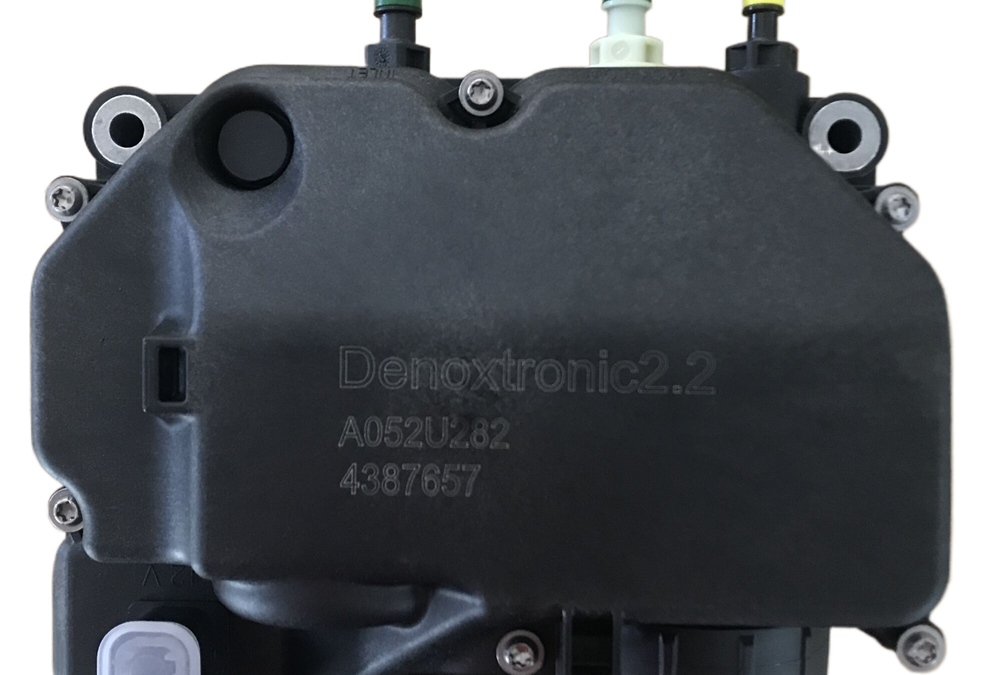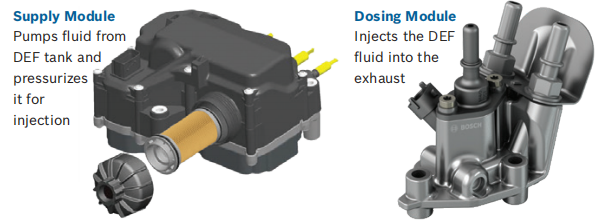WHAT IS A DOSING PUMP AND HOW DOES IT WORK?

Bosch 2.2 urea pump ,12V, 0444042135, 4387657
What is a Dosing Pump?
A fixed dosing pump is a positive displacement pump designed to inject chemicals or other substances into a stream of water, gas or steam. Dosing pumps are usually small and provide extremely precise flow for maximum control. They are a central part of comprehensive dosing systems designed for the automatic dispensing of chemicals. This dosage definition is suitable for a wide range of applications and industries from wastewater treatment to food processing.
Examples of Dosing Pump Applications
In addition to the water treatment and food industries, metering pumps, also known as chemical metering pumps, are used in industrial plants, agriculture, manufacturing facilities, medical laboratories and mining operations. Chemical feed pumps can be used to add caustic chemicals or acids to storage tanks to neutralize pH. It also acts as a chlorine pump to kill bacteria. Chemical dosing pumps are designed for harsh environments such as high temperature and high pressure.
How Does a Dosing Pump Work?
A metering pump draws a measured amount of liquid into its chamber and injects a chemical into the container or pipe that holds the metered liquid. It is powered by an electric motor or air actuator and has a controller that turns the pump on and off and manages the flow. Some models include more complex control systems.
Components of a Chemical Dosing System
The main components of the dosing pump include:
Chemical container or tank – holds the product to be metered.
Pumps – different materials and sizes; including inlet, suction and dosing tubes.
Syringe – A one-way valve that injects the chemical into the product; overcomes the pressure in the tubing to allow the chemical to enter the liquid flow.
Replacement of individual Denoxtronic modules:

Foot Valve – A one-way valve attached to the suction line; placed in the product drum and keeps the pump bottomed.
Dosing lines – rigid or reinforced hose; available in PE, PVC or stainless steel for high pressure use.
Control system – ensures accuracy; turns on and off at specific times. It can be a simple flow switch or timer, up to a variety of sensors for a SCADA central control system and the ability to integrate into larger systems.
Types of Dosing Pumps
These four dosing pump types are designed for different pressures, chemicals and applications. They vary by pumping action and mechanism.
A diaphragm pump uses a diaphragm, a piston, and valves at the inlet and outlet ends to fill and empty its chamber. The piston’s suction fills the chamber and injects a certain amount of chemical at a preset rate, usually a percentage of maximum flow. Certain pump models have the ability to vary the dosing rate.
Diaphragm (pulse injection) pumps also use a diaphragm mechanism, but instead of a constant flow, a solenoid takes the chemical and pulses the injection. Flow is the length of time between pulses. It is not as accurate as a constant jet pump, but is simple in design and less expensive.
Vane pumps pass a volume of fluid through meshing geared impellers. It is not as precise as a diaphragm pump, it is only suitable for high viscosity fluids and will self-lubricate to minimize wear. They are not made for low flow as accuracy is difficult to assure.
Peristaltic pumps deliver high precision drug delivery. A flexible, curved tube lets the fluid pass, and the flow is controlled by a roller that is moved by an external robotic arm. This pushes the product in the tube into the dosing tube and into the main fluid flow.
